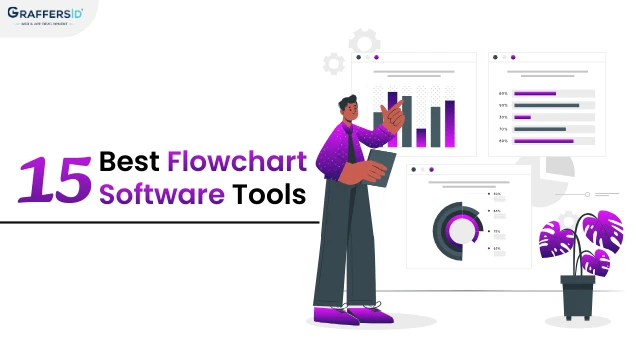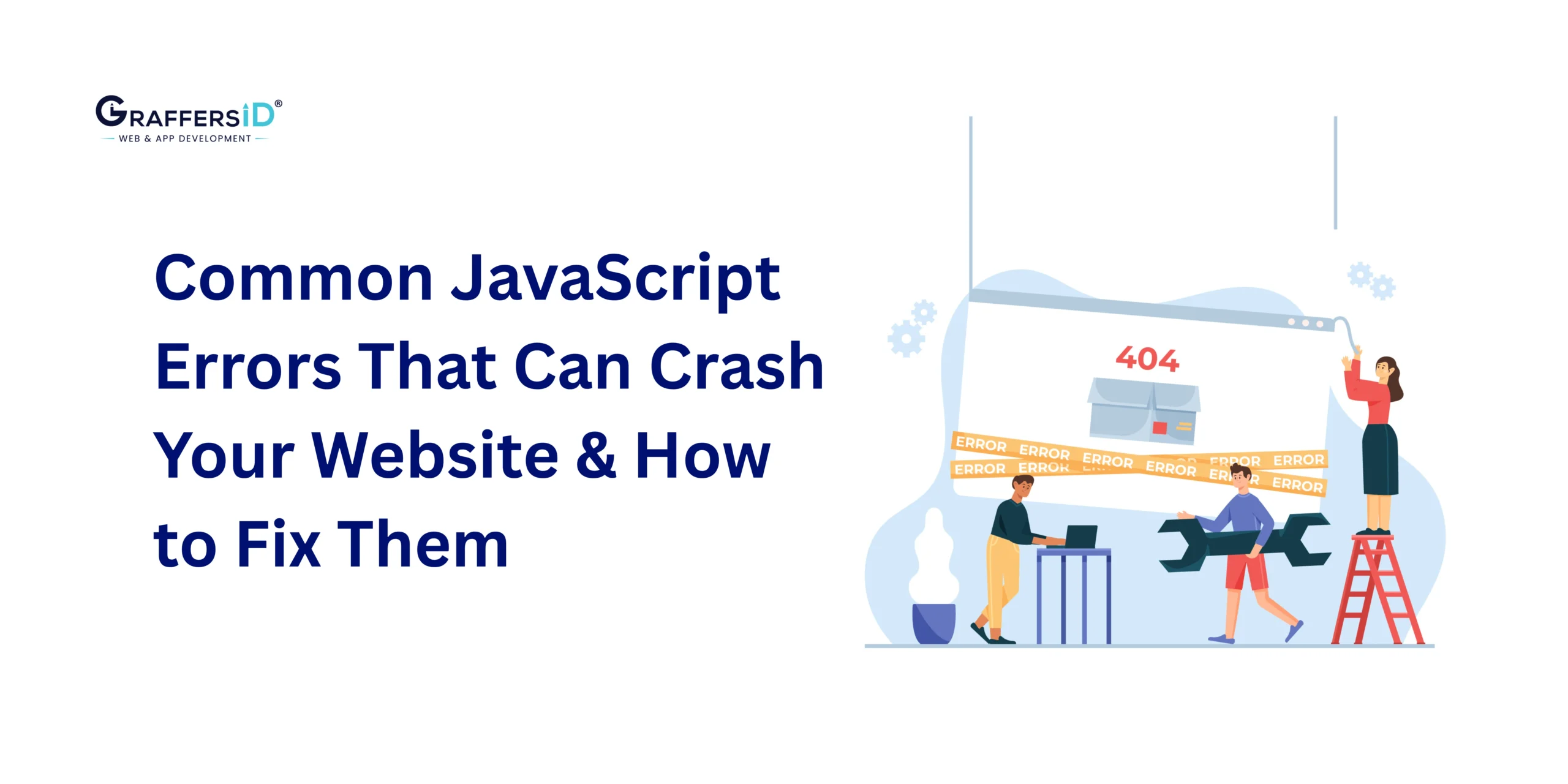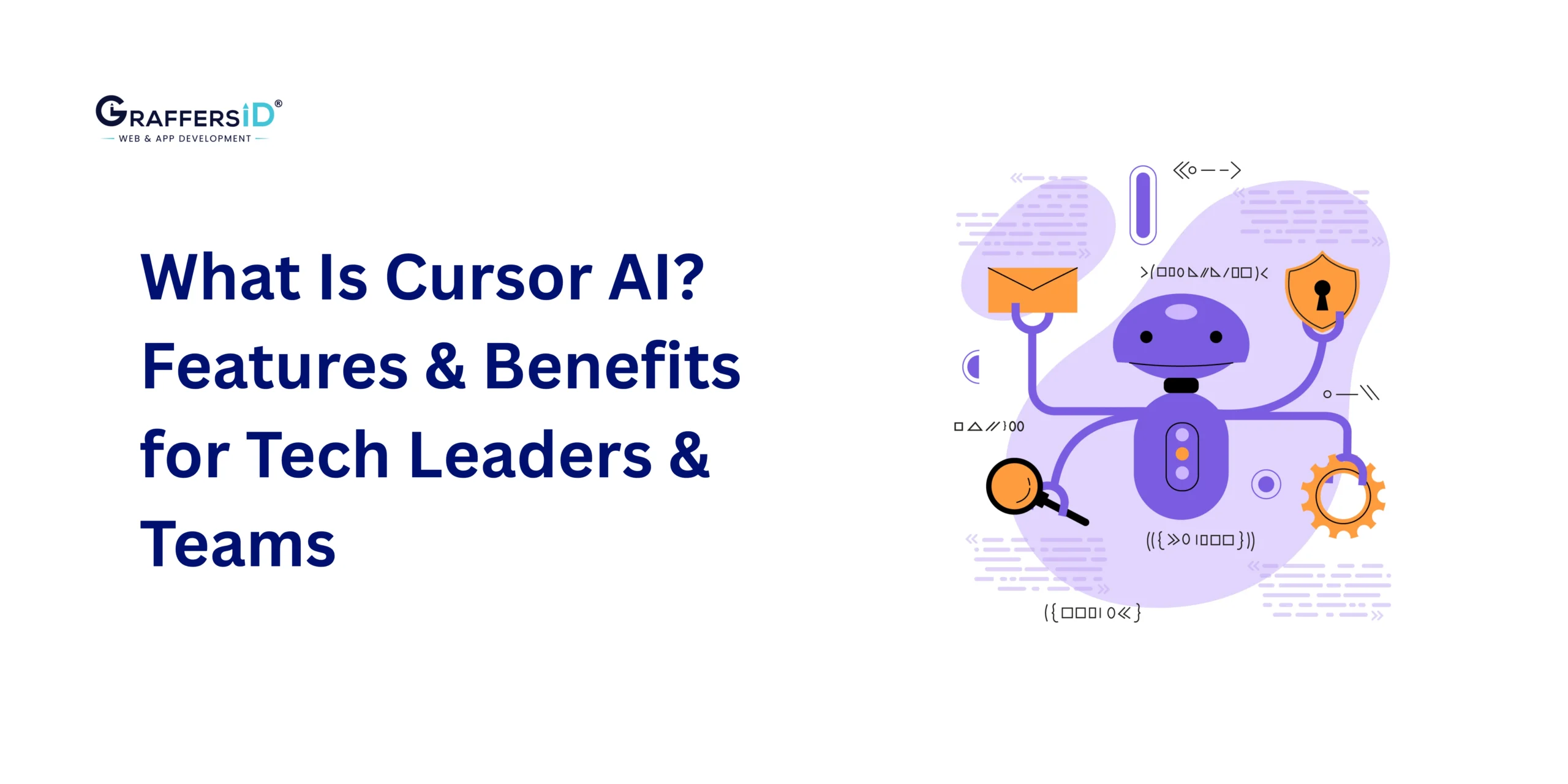Flowcharts have become an indispensable tool for businesses, educators, and individuals alike. They provide a visual representation of processes, helping to streamline workflows, improve communication, and enhance decision-making. In 2024, the market will be flooded with various flowchart software tools, each offering unique features and capabilities. Let’s explore the top 15 flowchart software tools that can boost your productivity this year but first let understand what is flowchart software tools and their features.
Understanding Flowchart Software Tools
Flowchart software tools are applications designed to create flowcharts, diagrams that depict a series of steps or actions in a process. These tools typically offer a range of symbols, shapes, and connectors that users can drag and drop to create flowcharts quickly and efficiently. Some common symbols used in flowcharts include rectangles for processes, diamonds for decisions, ovals for start/end points, and arrows to show the flow of steps.
Key Features of Flowchart Software Tools

-
Drag-and-Drop Interface:
Flowchart software tools often feature a user-friendly interface where users can simply drag and drop symbols to create and connect elements in a flowchart.
-
Symbol Libraries:
These tools come with extensive libraries of symbols and shapes specific to various industries and purposes, making it easy to create professional-looking flowcharts.
-
Customization Options:
Users can customize the appearance of flowcharts by changing colors, fonts, and styles to suit their preferences or match company branding.
-
Collaboration Tools:
Many flowchart software tools offer collaboration features, allowing multiple users to work on a flowchart simultaneously, share feedback, and track changes.
-
Export and Sharing:
Users can export flowcharts in various formats such as PDF, PNG, or SVG for sharing with colleagues, stakeholders, or clients.
15 Best Flowchart Software Tools in 2024
Known for its intuitive interface and collaboration features, Lucidchart allows teams to create professional-looking flowcharts with ease. It offers a wide range of templates and integrations with popular platforms like Google Workspace and Microsoft Office.
A long-standing favorite in the flowcharting world, Visio continues to evolve with new features and integrations. It’s ideal for creating complex diagrams and offers seamless compatibility with other Microsoft products.
This open-source diagramming tool is perfect for those on a budget. Draw.io offers a wide range of shapes and customization options, making it suitable for creating flowcharts, network diagrams, and more.
SmartDraw is known for its extensive library of templates and automatic formatting features. It’s great for creating flowcharts, org charts, and floor plans with minimal effort.
With Gliffy, you can create professional-looking flowcharts and diagrams right in your web browser. It offers real-time collaboration and integrates with popular platforms like Confluence and Jira.
Creately’s drag-and-drop interface makes it easy to create flowcharts, mind maps, and other visual diagrams. It also offers collaboration features, making it ideal for team projects.
Edraw Max is a versatile diagramming tool that supports a wide range of diagram types, including flowcharts, org charts, and floor plans. It’s known for its user-friendly interface and extensive symbol library.
Popular among macOS users, OmniGraffle offers powerful diagramming capabilities with a focus on design and aesthetics. It’s great for creating detailed flowcharts and wireframes.
Cacoo is a cloud-based diagramming tool that offers real-time collaboration and a wide range of templates. It’s suitable for creating flowcharts, wireframes, and network diagrams.
-
Dia:
Dia is an open-source diagramming tool that’s similar to Microsoft Visio. It’s lightweight, easy to use, and supports a variety of diagram types, including flowcharts and UML diagrams.
While primarily focused on mind mapping, MindManager also offers robust flowcharting capabilities. It’s ideal for brainstorming sessions and project planning.
OmniPlan is a project management tool that includes features for creating flowcharts and Gantt charts. It’s perfect for visualizing project timelines and dependencies.
ConceptDraw Diagram offers a wide range of diagramming tools, including flowcharting, mind mapping, and project management features. It’s suitable for both individual users and teams.
Another open-source option, Dia Diagram Editor, is known for its simplicity and ease of use. It’s great for creating basic flowcharts and diagrams without any frills.
Pencil Project is a free and open-source prototyping tool that includes flowcharting capabilities. It’s ideal for creating interactive flowcharts and mockups for web and mobile apps.
Benefits of Using Flowchart Software Tools

-
Improved Communication:
Flowcharts are visual representations that simplify complex processes, making it easier for teams to understand and communicate ideas and workflows.
-
Process Analysis and Optimization:
Flowchart software tools enable users to analyze processes, identify bottlenecks or inefficiencies, and optimize workflows for improved productivity and efficiency.
-
Documentation:
Flowcharts serve as valuable documentation for processes within an organization, providing a clear roadmap for tasks and procedures.
-
Training and Onboarding:
Flowcharts are useful for training new employees or onboarding team members by visually illustrating workflows and procedures.
-
Decision-Making:
Flowcharts help in decision-making processes by outlining different paths and options, allowing teams to evaluate alternatives and make informed choices.
Industries and Use Cases
Flowchart software tools find applications across various industries, including:
-
Software Development:
In software development, flowcharts are used to map out algorithms, program logic, and software workflows.
-
Business Processes:
Flowcharts are instrumental in analyzing and optimizing business processes such as sales, marketing campaigns, and project management.
-
Manufacturing:
In manufacturing, flowcharts help in designing production processes, identifying areas for improvement, and ensuring quality control.
-
Healthcare:
Flowcharts are used in healthcare settings to map out patient care processes, medical workflows, and clinical decision-making.
-
Education:
Flowcharts are valuable in educational settings for teaching concepts, illustrating problem-solving methods, and explaining complex ideas.
Web-Based vs. Desktop-Based Flowchart Software Tools
With the advent of technology, flowchart creation has evolved significantly, offering users two primary options: web-based and desktop-based flowchart software tools. While both categories serve the same fundamental purpose, they exhibit distinctive characteristics that cater to diverse user preferences and requirements. Let’s delve into the key differences between these two types of flowchart software tools.
1. Accessibility and Convenience
One of the most apparent disparities between web-based and desktop-based flowchart software lies in its accessibility and convenience. Web-based tools are accessible via a web browser, eliminating the need for installation and allowing users to create, edit, and collaborate on flowcharts from any device with internet connectivity. This accessibility is particularly advantageous for remote teams or individuals who require flexibility in accessing and working on flowcharts from various locations.
On the other hand, desktop-based flowchart software tools are installed directly onto a user’s computer, providing offline access and potentially faster performance due to local processing. While desktop tools may offer certain advantages in terms of speed and responsiveness, they may lack the seamless collaboration features found in web-based counterparts.
2. Collaboration and Sharing Capabilities
Collaboration features are a significant factor that sets web-based flowchart software apart from desktop-based tools. Web-based platforms often include real-time collaboration functionalities, allowing multiple users to work on the same flowchart simultaneously. This fosters teamwork, facilitates feedback exchange, and streamlines the revision process, making it ideal for teams working on complex projects or distributed across different locations.
In contrast, desktop-based flowchart software tools typically rely on file-sharing methods such as email or cloud storage services for collaboration. While users can share flowchart files and collaborate asynchronously, the process may not be as seamless or efficient as real-time collaboration offered by web-based tools.
3. Performance and Customization
Performance and customization options are key considerations when choosing between web-based and desktop-based flowchart software. Desktop-based tools often boast robust performance, leveraging the resources of the user’s local machine for smooth rendering and quick response times, especially when handling large and intricate flowcharts.
Furthermore, desktop software may offer extensive customization capabilities, allowing users to fine-tune various aspects of their flowcharts, such as color schemes, shapes, connectors, and layout options. This level of customization can be beneficial for creating visually appealing and tailored diagrams that suit specific project requirements or branding guidelines.
In contrast, web-based flowchart software may have slightly lower performance due to reliance on internet connectivity and server processing. While modern web applications have made significant strides in performance optimization, users may encounter occasional latency issues, especially when working with complex diagrams or slower internet connections.
4. Security and Data Management
Security and data management are paramount considerations, particularly for organizations handling sensitive information or proprietary data within their flowcharts. Desktop-based flowchart software tools offer the advantage of local data storage, allowing users to control and secure their files directly on their devices. This can be reassuring for users concerned about data privacy and confidentiality.
On the other hand, web-based flowchart software tools rely on cloud storage and server infrastructure for data management. While reputable web frameworks implement stringent security measures, such as encryption and access controls, some users may prefer the added control and assurance of local data storage provided by desktop tools.
5. Cost and Licensing Models
Finally, cost and licensing models differ between web-based and desktop-based flowchart software tools. Web-based tools often follow a subscription-based model, where users pay a recurring fee for access to the software and its features. This model typically includes regular updates, cloud storage, and customer support, making it a convenient option for users who prefer predictable costs and ongoing software maintenance.
On the contrary, desktop-based flowchart software tools may offer perpetual licenses with one-time payments or tiered pricing based on features and functionalities. While initial costs may be higher for desktop software, some users prefer this model for its one-time investment and potential long-term cost savings, especially for users who do not require frequent updates or cloud-based collaboration.
Here’s a table comparing the key aspects of web-based and desktop-based flowchart software tools:
| Aspect | Web-Based Flowchart Software | Desktop-Based Flowchart Software |
|---|---|---|
| Accessibility | Accessed via a web browser | Installed directly on a computer |
| Collaboration | Real-time collaboration | File sharing for collaboration |
| Performance | Relies on an internet connection | Local processing for performance |
| Customization | Varied customization options | Extensive customization features |
| Security and Data Management | Cloud-based data management | Local data storage and control |
| Cost and Licensing Model | Subscription-based | Perpetual license or one-time payment |
How easy is it to learn and use flowchart software for someone who is not tech-savvy?
Flowchart software is a powerful tool for visualizing processes, organizing ideas, and improving workflow efficiency. However, for someone who isn’t particularly tech-savvy, diving into this realm can seem daunting.
Many non-tech-savvy individuals approach new software with trepidation, worried about complex interfaces, jargon-filled tutorials, and steep learning curves. However, modern flowchart software often comes with user-friendly interfaces designed to minimize confusion.
The first step is choosing the right software. Opt for platforms that offer intuitive drag-and-drop functionality, clear icons, and customizable templates. Tools like Lucidchart, Draw.io, and Microsoft Visio are popular choices known for their user-friendly interfaces and comprehensive features.
Once you’ve selected your software, it’s time to dip your toes into the basics. Most flowchart tools provide tutorials, guides, and video walkthroughs specifically tailored for beginners. These resources break down concepts like shapes, connectors, and symbols into digestible chunks, making learning less intimidating.
Theory is one thing; practice is another. The best way to familiarize yourself with flowchart software is by diving in and experimenting. Start with simple processes like outlining a daily routine or mapping a basic decision tree. As you gain confidence, gradually tackle more complex tasks.
Non-techies may encounter challenges along the way, such as understanding flowchart conventions, aligning elements correctly, or optimizing layouts. However, most software platforms offer built-in guides, alignment tools, and auto-layout features to streamline the process. Additionally, online communities, forums, and customer support can be invaluable resources for troubleshooting.
One of the perks of flowchart software is its flexibility for creativity. Don’t be afraid to think outside the box, experiment with different layouts, colors, and styles, and add personal touches to your charts. Remember, the goal is not just functionality but also clarity and visual appeal.
Flowcharting isn’t a solitary activity. Many software tools support real-time collaboration, allowing multiple users to work on the same chart simultaneously. This feature is particularly beneficial for team projects, brainstorming sessions, and feedback loops.
How do I choose the best flowchart software for my specific needs?
Choosing the best flowchart software for your specific needs can be a crucial decision, as it directly impacts the efficiency and clarity of your workflow diagrams. With a plethora of options available in the market, each offering unique features and capabilities, it’s essential to consider several factors before making a decision. In this blog post, we’ll explore a comprehensive guide to help you navigate through the process of selecting the most suitable flowchart software for your requirements.
-
Identify Your Needs:
Before diving into the sea of flowchart software options, take a step back to analyze your specific needs. Consider the type of diagrams you’ll be creating, the complexity of your processes, collaboration requirements, integration with other tools, and your budget constraints. This initial assessment will provide a clear roadmap for evaluating different software solutions.
-
Ease of Use:
One of the fundamental aspects to consider is the software’s user-friendliness. A good flowchart tool should have an intuitive interface, drag-and-drop functionality, and a wide range of pre-built templates and shapes. This ensures that you can quickly create professional-looking diagrams without spending too much time on the learning curve.
-
Features and Functionality:
Different flowchart software offers varying features and functionalities. Some may focus solely on basic flowcharting capabilities, while others include advanced features like data visualization, real-time collaboration, automation, and integration with other business tools such as project management software or CRM. Evaluate which features are essential for your workflow and prioritize accordingly.
-
Customization Options:
Flexibility in customization is another crucial factor to consider. The software should allow you to customize shapes, colors, text styles, and layouts to match your brand guidelines or specific requirements. Look for software that offers a high degree of flexibility without compromising on ease of use.
-
Collaboration Capabilities:
If you work in a team or collaborate with stakeholders on flowcharts, consider software that offers robust collaboration features. This includes real-time editing, comments and feedback mechanisms, version history tracking, and seamless sharing options. Effective collaboration tools can streamline communication and improve productivity within your team.
-
Integration and Compatibility:
Check whether the flowchart software integrates smoothly with other tools and platforms that are integral to your workflow. This could include project management software, document-sharing platforms, cloud storage services, or even programming environments. Seamless integration ensures data consistency and reduces manual effort in transferring information between different systems.
-
Cost and Scalability:
Understand the pricing structure of the flowchart software, including subscription plans, licensing models, and any additional costs for advanced features or enterprise-level support. Consider your current budget and future scalability needs to ensure that the software can grow with your business without breaking the bank.
-
User Reviews and Recommendations:
Take the time to read user reviews, testimonials, and recommendations from other professionals who have used the flowchart software. Pay attention to feedback regarding usability, customer support, software updates, and overall satisfaction. This real-world feedback can provide valuable insights into the software’s strengths and weaknesses.
-
Trial Period or Demo:
Many flowchart software providers offer a trial period or demo version for users to test drive the software before making a purchase decision. Please take advantage of these opportunities to get hands-on experience with the software, explore its features, and assess how well it aligns with your needs.
-
Customer Support and Training:
Lastly, consider the level of customer support and training resources provided by the software vendor. A responsive support team, comprehensive documentation, video tutorials, and training sessions can significantly enhance your experience with the software and ensure that you maximize its potential.
By carefully evaluating these factors and conducting thorough research, you can confidently choose the best flowchart software that meets your specific needs and empowers you to create clear, efficient, and visually appealing diagrams. Remember that the right software is not just a tool but a catalyst for improved productivity and communication within your organization.




